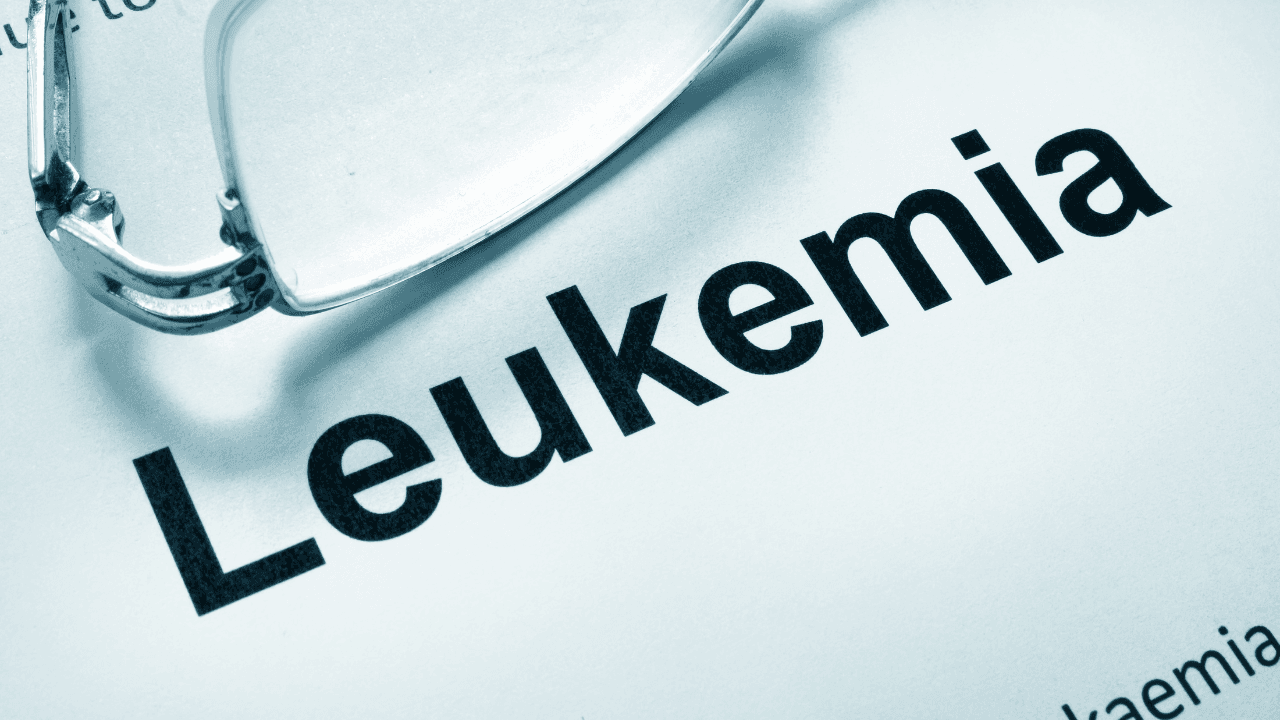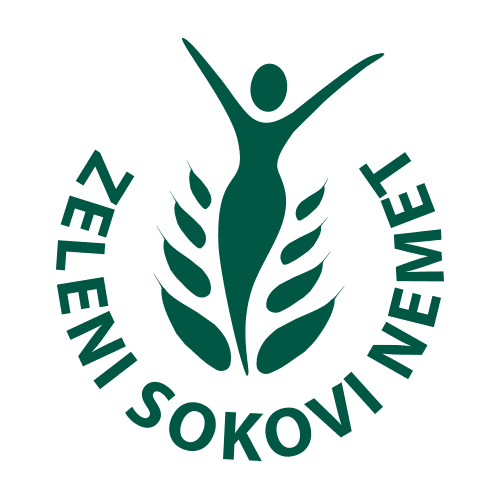Leukemia: Understanding the Disease, Diagnosis, and Treatment Options

Leukemia: Understanding the Disease, Diagnosis, and Treatment Options
Leukemia is a type of cancer that affects blood cells and bone marrow. This disease occurs when abnormal
blood cells begin to multiply uncontrollably, interfering with normal blood cell production.
There are several types of leukemia, and diagnosis and treatment can be complex processes. In this
blog post, we will explore how leukemia is diagnosed, what types exist, how the disease presents, as well as
treatment options through conventional and alternative medicine.
How can we diagnose leukemia?
Diagnosing leukemia typically requires a combination of medical history, physical examination, and
various laboratory tests. The first step often includes blood tests that can reveal
abnormalities in the number and appearance of blood cells.
Common tests include:
1. Complete Blood Count (CBC): This test measures levels of red and white blood cells, as well as
platelets. Abnormal results may suggest leukemia.
2. Bone marrow biopsy: If doctors suspect leukemia, taking a bone marrow sample can
help in establishing a diagnosis. The sample is usually taken from the pelvis using a needle.
3. Cytogenetic tests: These tests analyze chromosomes in blood cells or bone marrow
to identify genetic changes associated with leukemia.
What types of leukemia exist?
There are four main types of leukemia, classified according to the type of blood cells affected and the
speed of disease progression:
1. Acute Lymphoblastic Leukemia (ALL): This type of leukemia most commonly occurs in children and progresses
rapidly. Abnormal lymphoblastic cells interfere with normal bone marrow.
2. Acute Myeloid Leukemia (AML): This type also progresses rapidly and can occur in
people of all ages. This leukemia affects myeloid cells.
3. Chronic Lymphocytic Leukemia (CLL): CLL typically occurs in older individuals and progresses
slowly. In this type of leukemia, there is an overproduction of mature lymphocytes.
4. Chronic Myeloid Leukemia (CML): This type of leukemia typically occurs in adults and
is characterized by the presence of a chromosome known as the “Philadelphia chromosome”.
What does the disease look like?
Symptoms of leukemia can vary significantly depending on the type of disease, but some of the most common symptoms
include:
– Fatigue and weakness
– Increased headaches
– Frequent infections
– Enlarged lymph nodes
– Unexplained weight loss
– Bleeding or bruising that occurs easily
These symptoms can appear gradually and are often misinterpreted as other illnesses, which
can delay diagnosis.
How is it treated with conventional medicine?
Conventional treatment of leukemia encompasses several approaches, including:
1. Chemotherapy: This is the most common form of treatment for leukemia. Chemotherapy uses drugs to
kill or inhibit the growth of cancerous cells.
2. Radiation therapy: This form of treatment uses high-energy rays to destroy cancerous
cells and is often used before bone marrow transplantation.
3. Bone marrow transplantation: In cases of severe leukemia, transplantation of healthy bone
marrow can help restore normal blood cell production.
4. Targeted therapies: These drugs target specific characteristics of cancer, such as
altered genes or proteins that support leukemia growth.
How is it treated with alternative medicine?
Alternative approaches to treating leukemia include various therapies used in conjunction with
conventional treatment or as a supplement. It’s important to note that these therapies should not replace
medical treatment, but be used as a complement. Some of the alternative approaches include:
1. Proper nutrition: A balanced diet rich in antioxidants, vitamins, and minerals
can support the immune system.
2. Natural supplements: Supplements such as spelt juice, turmeric, green tea, and omega-3 fatty acids
may have positive effects.
3. Acupuncture and meditation: These alternative therapies can help reduce stress and
improve the overall well-being of patients with leukemia.
Inspirational story: Roland Nemet
One of the inspiring examples of fighting leukemia is our company’s CEO, Roland Nemet. After being
diagnosed with leukemia, Roland, with the heroic support of his grandfather Maćaš, managed to overcome this
vicious disease, largely thanks to the spelt juice his grandfather prepared. This natural therapy,
along with conventional treatment, helped Roland recover, and today he is a healthy and successful
young man, and his story serves as an inspiration to many who are facing similar challenges.
Conclusion
Leukemia is a serious disease that requires a serious approach to diagnosis and treatment. Understanding the symptoms,
types of disease, and treatment options can help patients and their families better cope with this
difficult diagnosis. Combining conventional and alternative medicine can offer additional
support, but it’s important to do this under the guidance of an experienced healthcare professional. Early detection and proper
treatment approach are key to improving the quality of life and longevity of individuals with leukemia.

